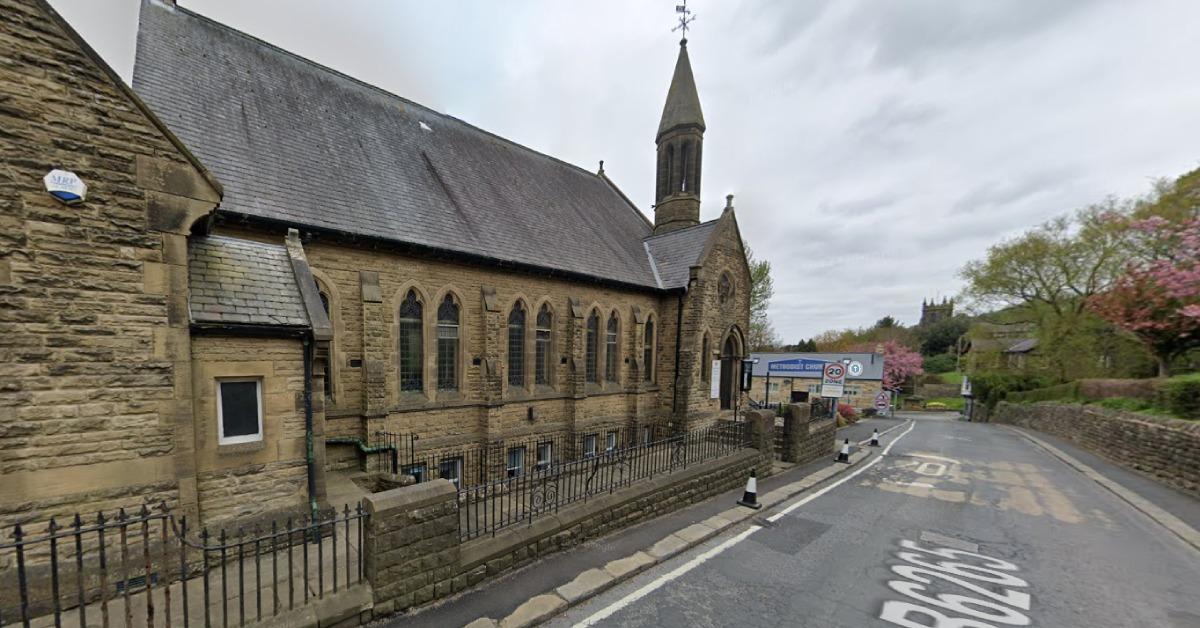14
Jun 2024
Plans approved to support Pateley Bridge church's hopes of becoming net zero

A Pateley Bridge church is one step closer to reaching its goal of reducing carbon emissions.
Pateley Bridge Methodist Church submitted enhancement plans to North Yorkshire Council in March following a pledge by the Methodist Church to become net zero by 2030.
The application, submitted by D3associates Energy & Architecture on behalf of of the church, proposed to install two outdoor heat pumps, as well as solar panels, insulation and secondary window glazing.
According to the design and access statement, the upgrades are designed to “assist the church in developing a viable pathway to reducing the building’s carbon emissions to net zero”.
Citing the Methodist Church's goal, the document added:
The aim is to generate as much electricity as the church consumes over one year (the burning of fossil fuels being eliminated).
When undertaking a project to reduce carbon emissions and particularly when considering the installation of a heat pump, it is important to use a holistic, whole building approach.
Documents state two air source heat pumps will be installed outside to the east of the property, which faces Ripon Road.
The church initially planned to install six heat pumps, but this was later revised to just two.
The level change between the road and the proposed installation area is “substantial”, the design and accessment statement says, adding this “will hide the heat pumps”.
Solar panels are also set to be installed on the western-facing roof of the church, which is not visible from Ripon Road.
300m of quilt installation is to be put in the loft above the worship area, which is considered to be a “discreet internal alternation”, while secondary glazing will be added to two downstairs stained-glass windows.
The statement adds improving the building’s lighting, heating and ventilation will “assist in reducing the overall demand”, while the “deployment of appropriate renewable energy generation will help reduce the carbon footprint”.
The firm wrote in the design and access statement the priorities and purposes of the development.
These included reducing energy demand as much as possible; ensuring heating and electricity come from the lowest possible carbon source – ideally removing fossil fuel boilers and replacing with electric heating – and generating renewable energy on-site to match demand as much as possible.
'Significant cost saving'
The council's public report cites the potential amount the development could save the church:
A comparison of existing and anticipated energy costs also shows a proposed saving of £4,560.
This will likely be less given the removal of four heat pumps from the proposal, however is it still considered that the revised proposal will result in significant cost saving in the running of this widely-used community building.
Subscription is coming July 1. To understand what to expect click here.
0